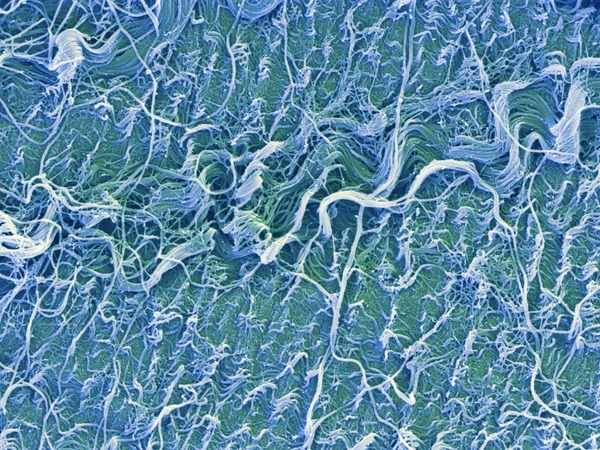
Contents:
3 ECTS: Lectures (23-25 hours, optional); Project work (obligatory, coaching optional), Written exam.
2 ECTS: Laboratory course
Upon successful completion students are able to:
- Describe the structure and key components of the mammalian ECM
- Describe the main significance of the ECM for cell and tissue function
- Outline the roles of ECM in inherited connective tissue disorders and in common other diseases
- Identify connective tissue and some of its components in tissue samples using various staining protocols (laboratory work).
- Summarize background knowledge of ECM sufficiently to feel comfortable in undertaking a postgraduate research project in the ECM field
Besides including basic background knowledge on the ECM, the course will highlight the ECM-related topics that are currently being investigated at the Faculty of Biochemistry and Molecular Medicine. Orientation to mouse and cell models of ECM molecules will form a crucial part in teaching.
Contents of lectures in 2021: Introducntion to ECM and this course; Collagens and collagen-related hereditary diseases; Basement membranes; Pericellular matrix of the vasculature; ECM proteoglycans; Integrins and other ECM receptors; Transmembrane collagens; Elastic fibres in health and disease; ECM remodeling; ECM degrading enzymes; ECM matrices; Biomaterials; Stem cell microenvironments; Fibrosis; ECM in cancer.
References:
- Lecture material provided by teachers
- Extracellular Matrix Biology Eds. Richard O. Hynes and Kenneth M. Yamada, 2011. Cold Spring Harbor Perspectives in Biology (http://cshperspectives.cshlp.org/site/misc/extracellular_matrix_biology.xhtml)
3 ECTS: Lectures (23-25 hours, optional); Project work (obligatory, coaching optional), Written exam.
2 ECTS: Laboratory course
Upon successful completion students are able to:
- Describe the structure and key components of the mammalian ECM
- Describe the main significance of the ECM for cell and tissue function
- Outline the roles of ECM in inherited connective tissue disorders and in common other diseases
- Identify connective tissue and some of its components in tissue samples using various staining protocols (laboratory work).
- Summarize background knowledge of ECM sufficiently to feel comfortable in undertaking a postgraduate research project in the ECM field
Besides including basic background knowledge on the ECM, the course will highlight the ECM-related topics that are currently being investigated at the Faculty of Biochemistry and Molecular Medicine. Orientation to mouse and cell models of ECM molecules will form a crucial part in teaching.
Contents of lectures in 2021: Introducntion to ECM and this course; Collagens and collagen-related hereditary diseases; Basement membranes; Pericellular matrix of the vasculature; ECM proteoglycans; Integrins and other ECM receptors; Transmembrane collagens; Elastic fibres in health and disease; ECM remodeling; ECM degrading enzymes; ECM matrices; Biomaterials; Stem cell microenvironments; Fibrosis; ECM in cancer.
References:
- Lecture material provided by teachers
- Extracellular Matrix Biology Eds. Richard O. Hynes and Kenneth M. Yamada, 2011. Cold Spring Harbor Perspectives in Biology (http://cshperspectives.cshlp.org/site/misc/extracellular_matrix_biology.xhtml)
- Opettaja: Mohammadhassan Ansarizadeh
- Opettaja: Ulrich Bergmann
- Opettaja: Lauri Eklund
- Opettaja: Ritva-Leena Heljasvaara
- Opettaja: Valerio Izzi
- Opettaja: Aki Manninen
- Opettaja: Ilkka Miinalainen
- Opettaja: Joni Mäki
- Opettaja: Aishwarya Prasannan
- Opettaja: Anna Puronurmi
- Opettaja: Veli-Pekka Ronkainen
- Opettaja: Antti Salo